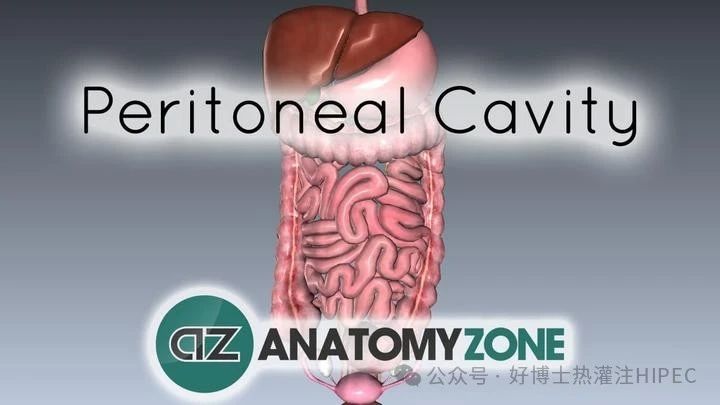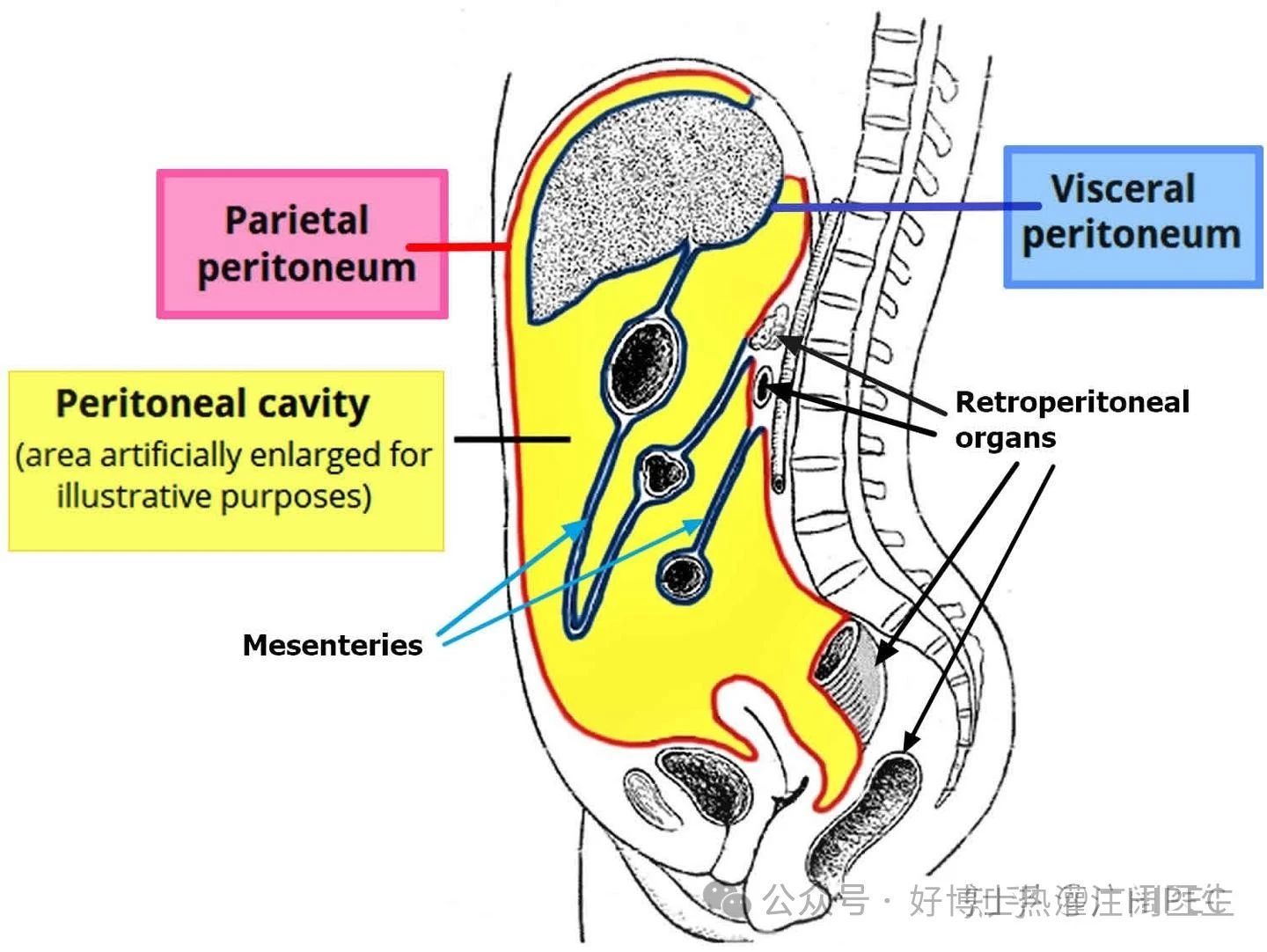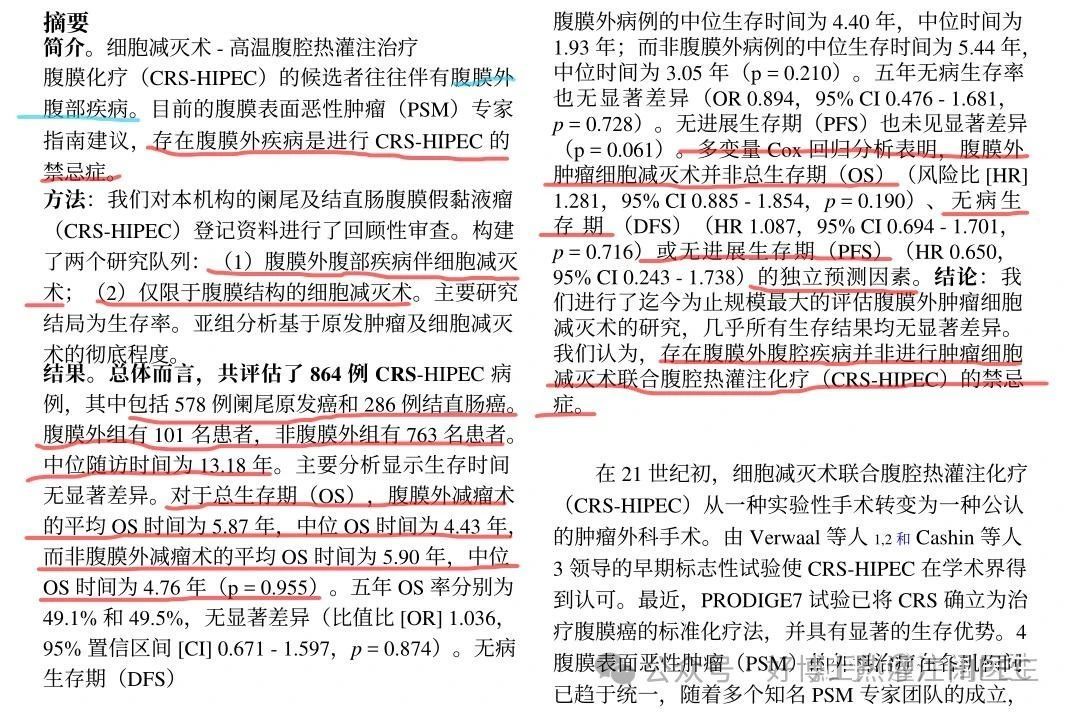Repost: CRS+HIPEC can still be performed and benefit patients even if there is extraperitoneal tumor involvement.
2025-04-07

Even with extraperitoneal tumor involvement, CRS+HIPEC can still be performed and may still be beneficial.
Please refer to other materials to understand "what is CRS" and "what is HIPEC". Up to now, for many tumors with peritoneal seeding or peritoneal primary tumors, the treatment method is still preferentially CRS +HIPEC.
This document does not discuss the technical aspects of CRS or HIPEC. The main issue discussed is: the peritoneal cavity is a relatively closed space. The implementation of CRS+HIPEC has always been based on the assumption that tumor cells are only within the peritoneal cavity and have not invaded outside the peritoneal cavity, meaning they have not broken through the peritoneum.
However, if the seeding nodules have broken through the peritoneum and involved the extraperitoneal area, can CRS+HIPEC still be beneficial? To answer this question, first understand what the peritoneal cavity is? See figure

The yellow area is the space of the peritoneal cavity, the red area is the parietal peritoneum (lining of the abdominal wall), and the blue area is the visceral peritoneum (serosa of the stomach and intestines).
Obviously, if the tumor invades or penetrates this layer of peritoneum, whether parietal or visceral, the extraperitoneal tissues are involved. Can patients like this still benefit from the CRS+HIPEC regimen? This needs to be supported by evidence.

An article by the Christopher team from North Carolina, USA, published in early 2025
The Christopher team from North Carolina, USA, used data from as many as 864 patients, divided into 578 cases of appendiceal primary cancer and 286 cases of colorectal cancer, and further divided into 101 patients in the extraperitoneal group and 763 patients in the non-extraperitoneal group. Multiple comparisons were made on overall survival time, median survival time 5-year disease-free survival rate, progression-free survival, etc., and it was found that there was no difference between patients with extraperitoneal involvement who underwent CRS+HIPEC and those without extraperitoneal involvement.

The abstract of the article suggests that extraperitoneal abdominal disease is not a contraindication for CRS+HIPEC.
Therefore, we have reason to believe that patients with peritoneal involvement, large tumor nodules, and deep peritoneal involvement can still benefit from CRS+HIPEC.
Of course, we must also consider that the tumor types involved in this study are limited, and more research is needed to support this. However, this does not prevent us from firmly giving patients CRS+HIPEC. (Reprinted: Malignant Pleural and Peritoneal Effusion CRS+HIPEC Column)
Key words:
Related News


